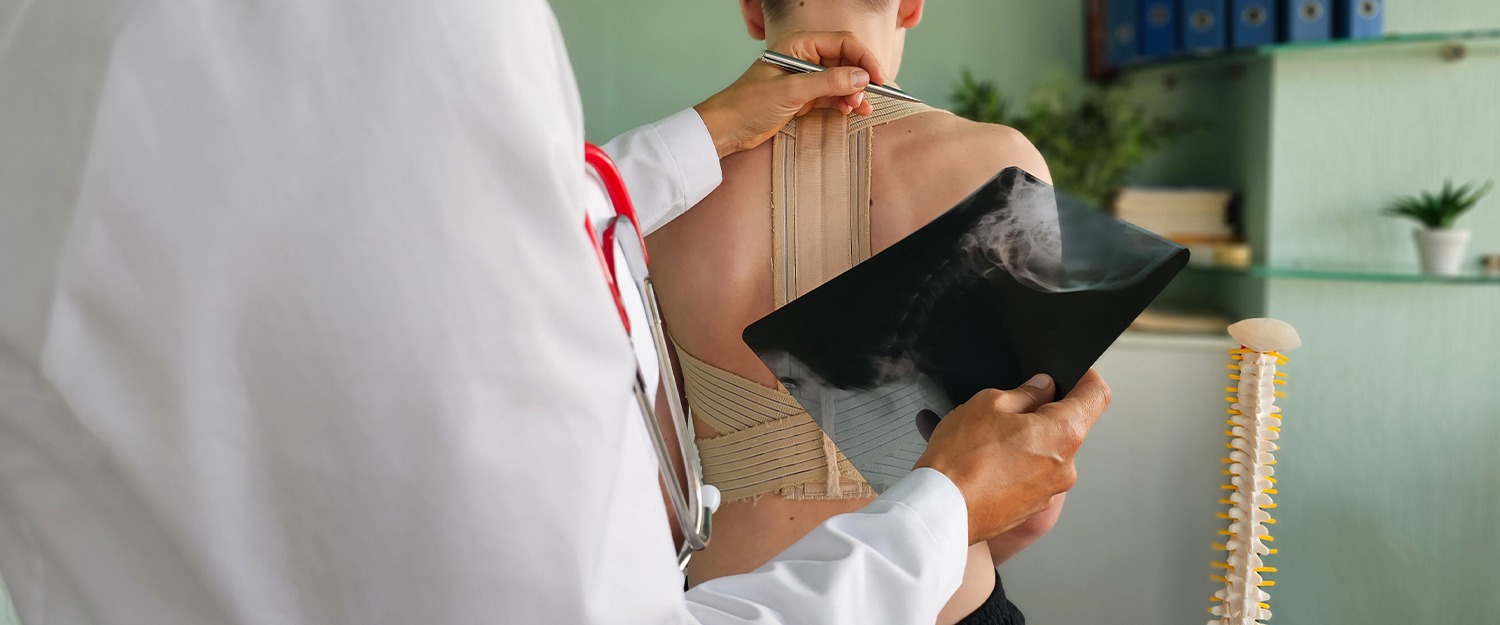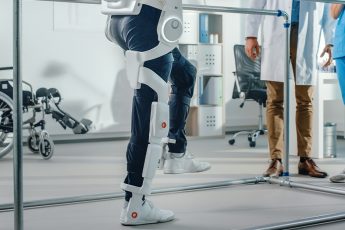
How Scoliosis Surgery Works: Learning the Process and Recovery
Scoliosis is a spinal disorder that causes the spine to curve to one side, often in an “S” or “C” shape. Mild scoliosis may be treated with non-surgical methods such as physical therapy and bracing, but severe curvature may need surgery. Scoliosis surgery corrects the abnormal curve of the spine and improves the patient’s posture, comfort, and quality of life.
Knowing how scoliosis surgery is done, what it entails, and how one heals can assist patients and families in making decisions about their treatment process.
When is Scoliosis Surgery Indicated?
Scoliosis surgery is usually indicated when:
- The curvature of the spine is more than 45 to 50 degrees.
- Non-surgical methods do not work
- The curve is increasing in size over time
- The condition results in chronic pain or respiratory issues
- There is asymmetry of the shoulders, waist, or hips which is visible.
The major purpose of the operation is not only to fix the spinal curvature but also to prevent a re-emergence of the curvature and to lessen any associated pain.
Types of Scoliosis Surgery
The most common surgical procedure for scoliosis is spinal fusion. However, the exact approach may vary according to the age of the patient, the amount of the curve, and the type of scoliosis (idiopathic, congenital, or neuromuscular).
Spinal Fusion Surgery
Under this procedure, the two or more curving bones are joined with bone grafts, rods, and screws. With time, the bones consolidate into a single bone, blocking future curvature. Metal rods cemented to the spine hold the spine in an upright position to heal.
Growing Rods (In Children)
In children with bones that are not yet fully grown, surgeons might employ growing rods. These are implanted on the spine and are grown in phases to direct the spine as growth progresses, delaying the complete spinal fusion until skeletal maturity.
Vertebral Body Tethering (VBT)
VBT is a more recent, minimally invasive method that permits ongoing growth and flexibility in the spine. A stable, elastic cord is mounted to screws inserted on the concave spine. With tension applied, the spine straightens by itself as the person grows up.
The Surgical Process
Patients also have imaging tests done before surgery, including X-rays, MRI, and CT scans, to assess the level of curvature in the spine and chart the surgery accordingly. Surgery is usually carried out under general anaesthesia and takes between 4 and 8 hours, based on the level of curvature.
During surgery:
- A cut on the side or back, depending on the procedure
- Muscles and tissues are gently pushed aside to access the spine.
- The surgeon inserts the screws and rods to stabilize the spine.
- Bone grafts are inserted between the affected vertebrae to facilitate fusion.
- The wound is closed and dressed with caution.
- The patient is monitored closely during the procedure to ensure spinal cord safety and alignment.
Post-Surgery Recovery
Recovery from scoliosis surgery is gradual, and patients are usually hospitalized for 3 to 7 days. Pain is managed by medication, and physical therapists help the patient start moving safely again.
Following surgery, in the weeks to come:
- Walking gently and moving are encouraged to help in healing.
- Wearing a back brace may be recommended to provide additional support.
- Routine follow-up and X-rays are done to track spine alignment and bone healing.
- Physical therapy may be introduced after a few weeks to regain function and movement.
The majority of patients can resume school or work after 4 to 6 weeks, though full healing can take up to 6 months or longer. Contact sports, lifting, and other heavy activities are usually avoided until the spine has fully fused.
Benefits of Scoliosis Surgery
Scoliosis surgery has several potential advantages for individuals with severe curvature:
- Substantial realignment of spinal posture and alignment
- Prevention of progressive spinal deformity
- Freedom from pain and discomfort
- Augmentation of lung function and capacity for breathing (particularly in thoracic curves)
- Improved body and personal appearance, body self-esteem
Although surgery should be fully discussed with a specialist to ensure it is needed, in most people, it has been found to have been beneficial in having healthier, pain-free lives.
Conclusion
Scoliosis surgery success also depends significantly on the skill of the surgical team and the excellence of post-operative care. Choosing a hospital that has an excellent orthopedic and spine unit ensures that you or your loved one receives an appropriate diagnosis, tailored treatment, and access to cutting-edge surgical techniques.
At the Scoliosis Centre of Excellence at Adam Vital Hospital, we possess extensive experience in treating various spinal conditions such as scoliosis. We operate with a personal approach to ensure that patient-based care with the latest diagnostic tools and surgical devices guarantees safe and appropriate results.



